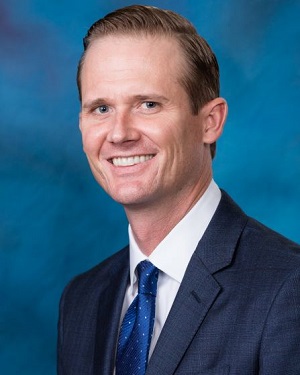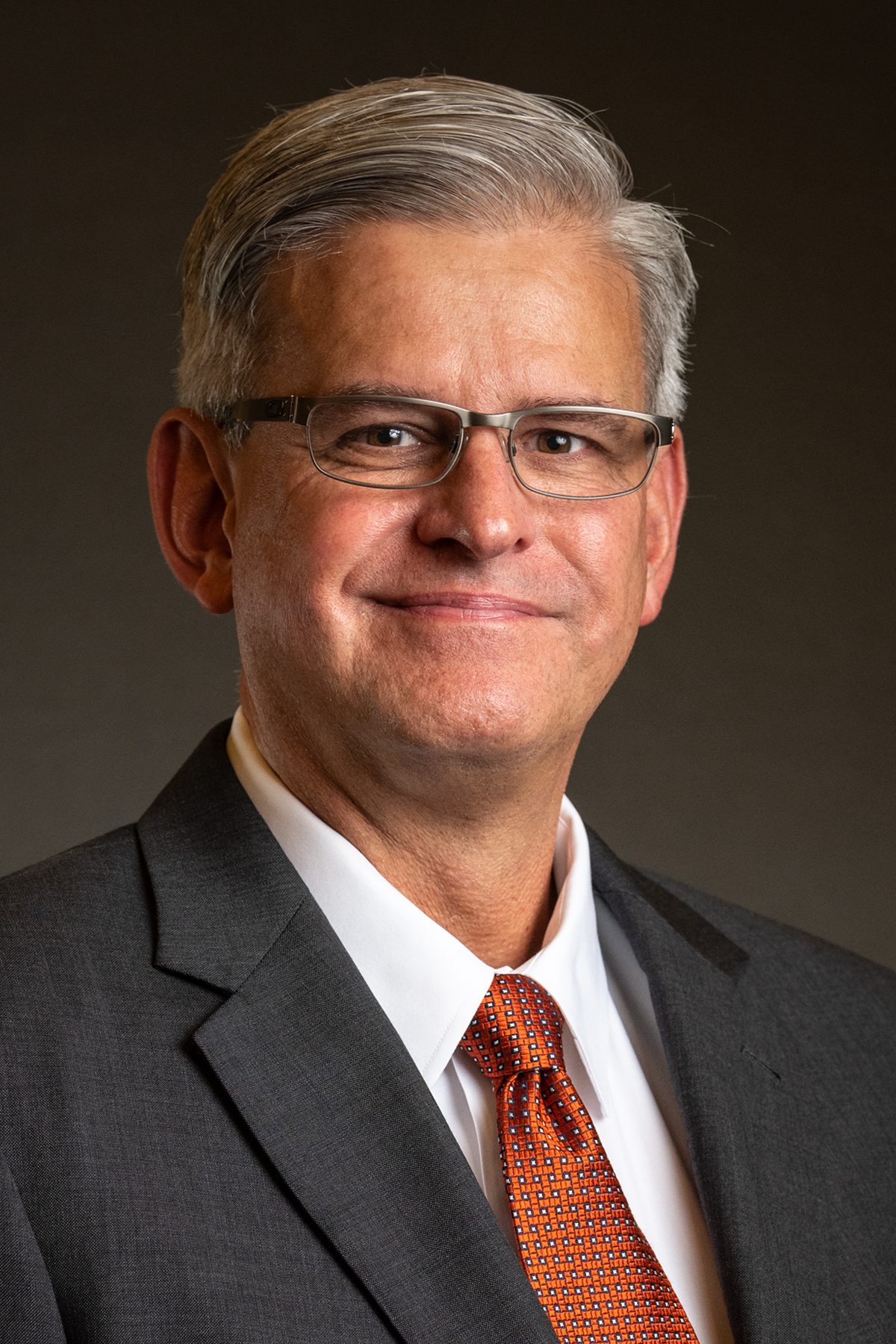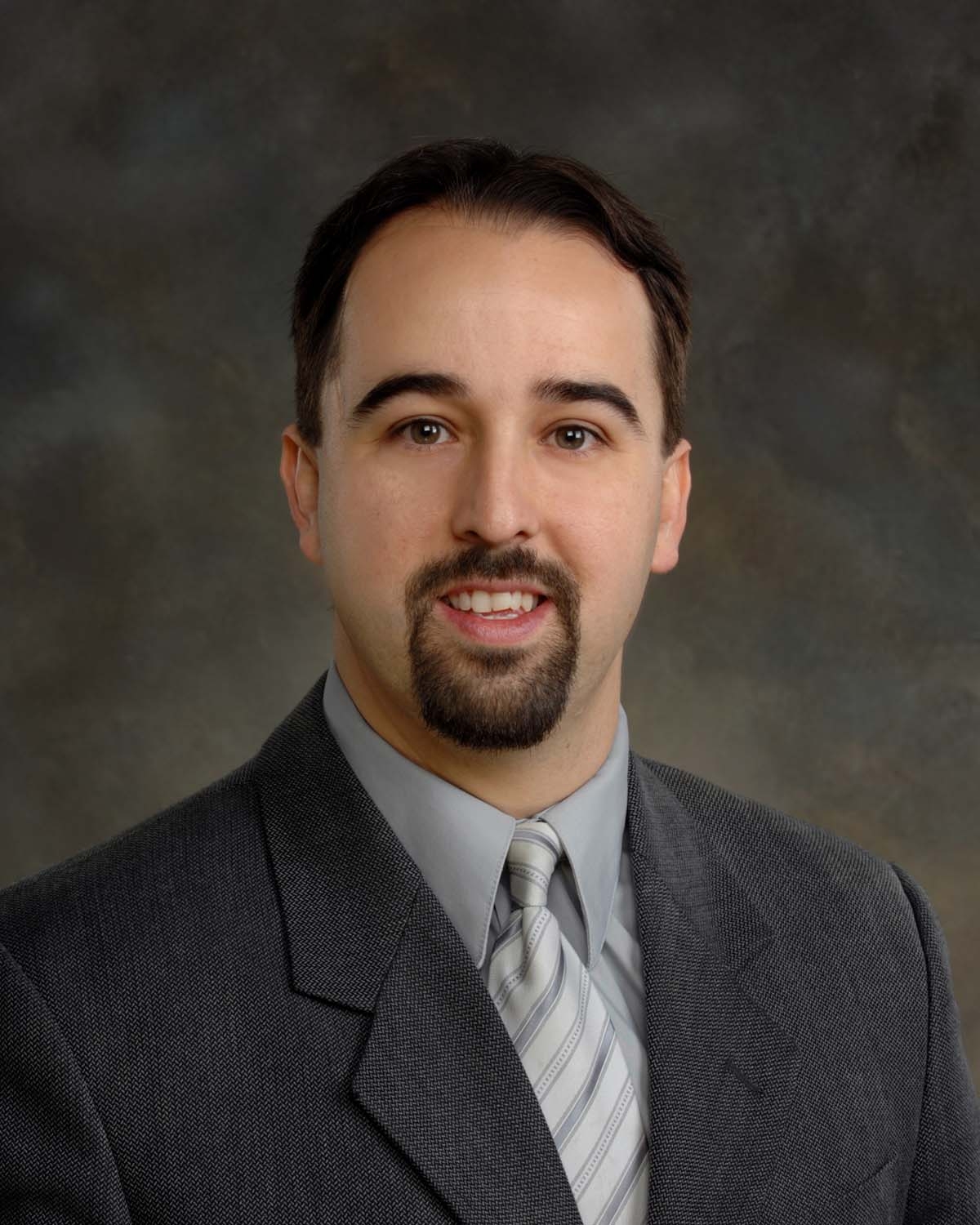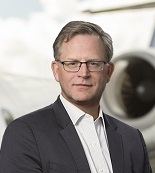
Jon Biorkman,
Head, Equipment Finance,
BMO

Dan Clark,
Head, Vehicle and Equipment Finance,
BMO

Chris Craft,
President and Chief Operating Officer, Specialty Finance Group,
1st Source Bank

Eduardo Ferreira,
International Lending Manager and Vice President, Latin America,
1st Source Bank

Robert Gates,
Head of Sales, International,
Global Jet Capital

Chris Lee,
President, Aviation Division,
1st Source Bank
As U.S. equipment finance companies embark on overseas expansion, they have an important choice to make — whether to pursue developed or emerging markets. There are pros and cons to both. Emerging markets, such as India and China, have opportunities for tremendous growth. Developed markets, such as Canada and Europe, are far more likely to have a well-laid out equipment finance infrastructure in terms of legal, tax and regulatory operations, which minimizes the risks associated with overseas expansion. In a continued exploration of the global landscape, Monitor sat down with leaders from three Monitor 100 companies to discuss their journeys into the international markets they serve and their outlook on current opportunities in those markets.
EMERGING VS. DEVELOPED MARKETS
Although no specific metric for measuring emerging or developed markets exists, a few key factors determine whether a market is considered established or in a growth stage.
A developed market has more legal infrastructure and a clearer path to regain an asset in the event of default. Though, for companies entering developed markets, this means additional competition and potentially compressed margins. Emerging markets, on the other hand, can allow companies to gain more advantage and market share, and establishing a reputation can be easier to accomplish than in a semi-saturated, developed market. However, the lack of an established legal infrastructure may lead to increased political risk and potential asset seizure. This challenge cascades down through insurance needs and costs.
Defining a market as ‘emerging’ or ‘developed’ also depends on the unique services a company offers. For instance, leaders at 1st Source, which operates in the corporate and private aircraft space, consider Brazil and Canada to be among the most developed aircraft finance markets, in part due to the number of local institutions able to provide funding. On the other hand, the aircraft space in Mexico is still in a development phase.
Leaders at Global Jet Capital, which finances business jets, have found that countries with “G7” types of economies have developed equipment finance markets, and emerging economies like Indonesia or India have years of experience with asset financing.
BMO, a 200-year-old bank, has global experience in developed markets in Eastern and Western Europe, such as France, Germany, Poland, the United Kingdom and more.
OPPORTUNITIES OVER THE YEARS
1st Source expanded into Latin American aircraft markets in 2004, though the company engaged in some one-off opportunities on an experimental basis in the late 90s before committing to the expansion. 1st Source currently operates in the United States, Canada, Brazil, Mexico, Peru, Panama, Honduras and Puerto Rico.
With various changes underway in global equipment finance and banking, such as pullbacks due to credit quality or liquidity changes, 1st Source has pursued opportunities in these markets. The company is also exploring various tools available to serve different markets, such as governmental programs or other expansion approaches. “If you cast the net at the right time, you can really seize upon new opportunities,” Chris Craft, president and chief operating officer, Specialty Finance Group at 1st Source Bank, says.
Similarly, Global Jet Capital continues to pursue new opportunities abroad. “As the market becomes aware of what we can offer clients — including some financing structures that are very popular in the U.S., like the operating lease — our international footprint is growing each year,” Robert Gates, head of sales, international at Global Jet Capital, says.
Global Jet Capital has provided international clients with business jet financing solutions since it launched 10 years ago. The company has originators based in North America, Asia and Europe. Over the years, Southeast Asia and India have emerged as markets for Global Jet Capital’s financing products. “Many businesses are expanding and appreciate dedicated asset-based financing at attractive terms so that they can use their own capital to drive growth,” Gates says.
BMO is newer to the global landscape, having bought Bank of the West — previously owned by BNP Paribas — just over a year ago. This purchase led to a partnership between BMO and BNP, which has a global presence, and allowed for a mutually beneficial exchange of market access; BMO gained access to the European equipment finance market, covering the majority of the European Union, while BNP gained access to markets in the U.S. and Canada.
While BMO established itself outside of the U.S. and Canada last year and isn’t currently looking at immediate expansion into other countries, the bank’s leaders see opportunities in nearby regions. “Asia and the Pacific Rim are the obvious next line of expansion,” Dan Clark, head, vehicle and equipment finance at BMO, says. “As we continue to explore opportunities abroad, we’re likely to go there.”
BUILDING A STRATEGY
Global opportunities have only expanded since 1st Source began its international operations in the 90s and early 2000s. Particularly, the development of technology has made it much easier to stay in touch with overseas clients, and for those clients to find equipment finance companies in the first place. With a clear set of opportunities for global expansion, the next big question is: What’s the best way to tap into these markets?
ESTABLISHING PARTNERSHIPS & LOCAL PRESENCE
The most important considerations when going global start even before deciding which types of markets to tap into. Knowing how to enter these markets is key, and in journeys of 1st Source, Global Jet Capital and BMO into the global landscape, one common theme emerges: partnerships.
“While our expansion into Latin America did create a growth opportunity for 1st Source, companies must go into new markets knowing that there are different cultures, legal systems and other factors along the same line,” Craft says. Echoing Craft, Eduardo Ferreira, international lending manager and vice president, Latin America at 1st Source Bank, says: “Consideration must be made to establish relationship with key experts. You also have to stay up to date on what’s happening — the local trends, political changes and legislation.”
BMO’s transition into the global landscape was so successful because of its partnership with BNP Paribas, which provided immediate institutional knowledge of rules, regulations and cultures throughout Europe, as well as immediate scale. These factors give BMO’s overseas customers more comfort, knowing there won’t be any gaps in service levels due to language barriers or cultural differences.
“The core tenants of equipment finance tend to hold, but each jurisdiction has different security packages, different tax and accounting rules, etc.,” Jon Biorkman, head, equipment finance at BMO, says. Thus, having deep, local expertise has been imperative in the bank’s global journey over the past year.
“It’s also a great selling tool,” Biorkman says. “If you have colleagues on the ground, they’re helping you sell your value proposition in those other countries.”
Though technology has come a long way, having local presence in other markets helps greatly in terms of proximity to customers. “Covering markets from a distance is hard to do,” Gates says. “A hands-on approach is critical to building relationships and trust.”
CONSIDER TIMING, STRATEGY & INVESTMENT
Most importantly, companies must be sure the timing and strategy of the global expansion are a correct fit and will contribute to growth efforts. “Any institution’s ability to leverage their relationships from legal, from a broker, etc., can help them understand the risks and help them size their appetite,” Chris Lee, president, Aviation Finance Division at 1st Source Bank, says.
1st Source engaged in a simple approach. The company’s international expansion initially began as a small portfolio 1st Source purchased from another lending institution. This kickstarted the company’s regular cadence in the international market — a strategic move to create additional geographic diversification. The move also made sense for 1st Source as an overall balance of risk.
Finally, global expansion should serve as a true interest and investment for a company. “Growing internationally requires clear intent and deep commitment. You have to invest in people and support them with a “global” mindset,” Gates says. “You need to build relationships with the industry ecosystem and win their trust over multiple transactions.” •
Brianna Wilson is an editor of Monitor.
No categories available
No tags available